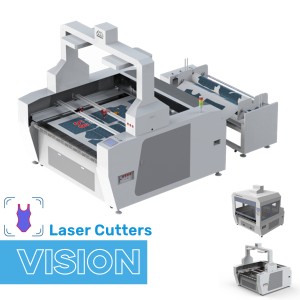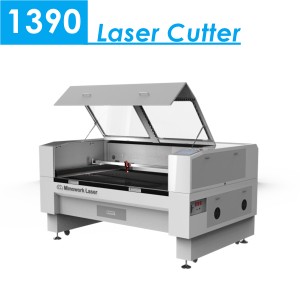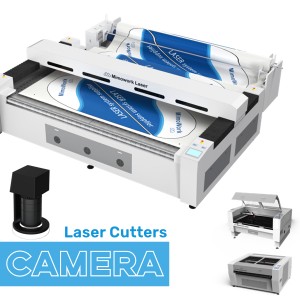A Cricut machine is a more accessible and affordable option for hobbyists and casual crafters working with a variety of materials.
A CO2 laser cutting machine offers enhanced versatility, precision, and speed.
Making it ideal for professional applications and those requiring more complex designs and materials.
The choice between the two depends on the user's budget, goals, and the nature of the projects they intend to create.
What is a Cricut Machine?
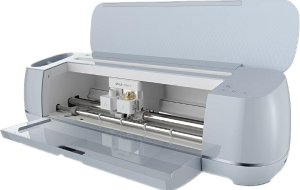
A Cricut machine is a versatile electronic cutting machine used for various DIY and crafting projects.
A Cricut machine allows users to cut a wide range of materials with precision and intricacy.
It's like having a digital and automated pair of scissors that can handle a multitude of crafting tasks.
The Cricut machine operates by connecting to a computer or a mobile device, where users can design or select patterns, shapes, letters, and images.
These designs are then sent to the Cricut machine, which uses a sharp blade to precisely cut the chosen material – whether it's paper, vinyl, fabric, leather, or even thin wood.
This technology allows for consistent and intricate cuts that would be challenging to achieve manually.
One of the standout features of Cricut machines is their adaptability and creative potential.
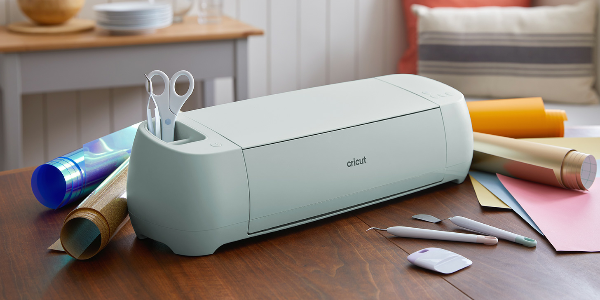
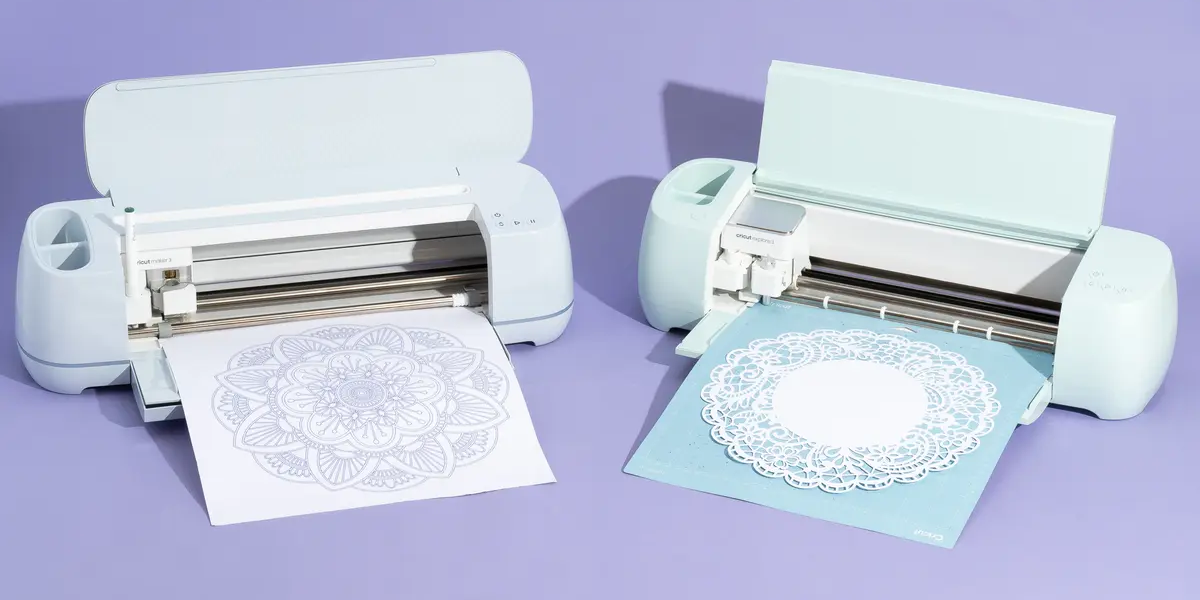
They're not limited to just cutting.
Some models can also draw and score, making them handy for creating cards, personalized home decor, stickers, apparel embellishments, and more.
The machines often come with their own design software or can be integrated with popular design software like Adobe Illustrator or even mobile apps.
Cricut machines come in various models with different features and capabilities.
Some offer wireless connectivity, allowing you to design and cut without being tethered to a computer.
Enjoying the Article so far?
Feel Free to Contact Us For Any Questions!
Compare to a CO2 Laser Cutter, the Benefit & Downside of Cricut Machine:
Comparing a Cricut machine to a CO2 laser cutting machine reveals distinct benefits and downsides for each.
Depending on the user's needs, materials, and desired outcomes:
Cricut Machine - Benefits
User-Friendly: Cricut machines are designed with user-friendliness in mind, making them accessible to beginners and casual crafters.
Affordability: Cricut machines are generally more affordable compared to CO2 laser cutting machines, making them suitable for hobbyists and small-scale projects.
Wide Variety of Materials: While not as versatile as a CO2 laser cutter, a Cricut machine can handle a diverse range of materials such as paper, vinyl, fabric, and lightweight wood.
Integrated Designs: Cricut machines often come with built-in designs and access to an online library of templates, making it easy to find and create personalized projects.
Compact Size: Cricut machines are compact and portable, fitting well in home crafting spaces.
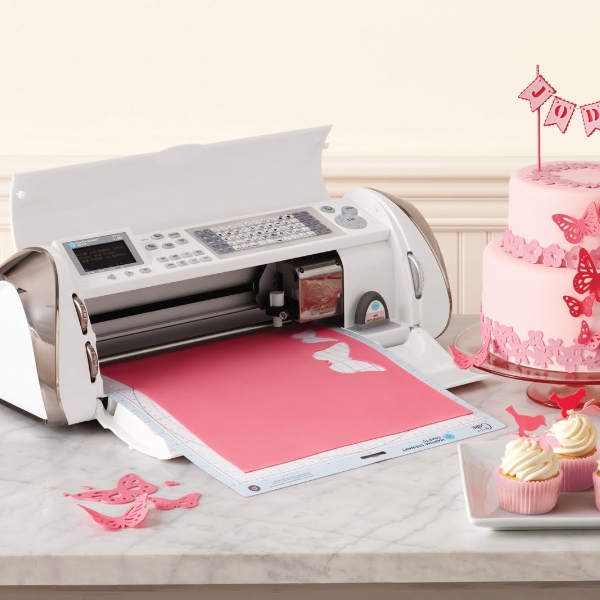
Cricut Machine - Downsides
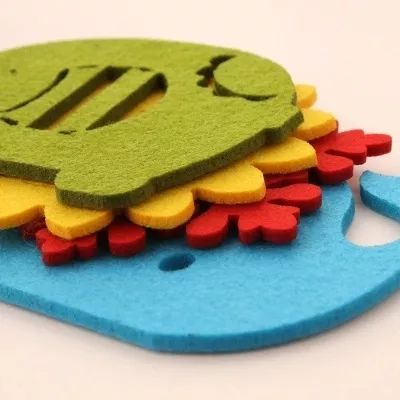
Limited Thickness: Cricut machines are limited in terms of cutting thickness, making them unsuitable for thicker materials like wood or metal.
Less Precision: While precise, Cricut machines may not offer the same level of intricate detail and precision as CO2 laser cutting machines.
Speed: Cricut machines can be slower compared to CO2 laser cutters, which may impact productivity for larger projects.
Materials Compatibility: Certain materials, such as reflective or heat-sensitive materials, may not work well with Cricut machines.
No Engraving or Etching: Unlike CO2 laser cutting machines, Cricut machines do not offer engraving or etching capabilities.
A Cricut machine is a more accessible and affordable option for hobbyists and casual crafters working with a variety of materials.
On the other hand, a CO2 laser cutting machine offers enhanced versatility, precision, and speed, making it ideal for professional applications and those requiring more complex designs and materials.
The choice between the two depends on the user's budget, goals, and the nature of the projects they intend to create.
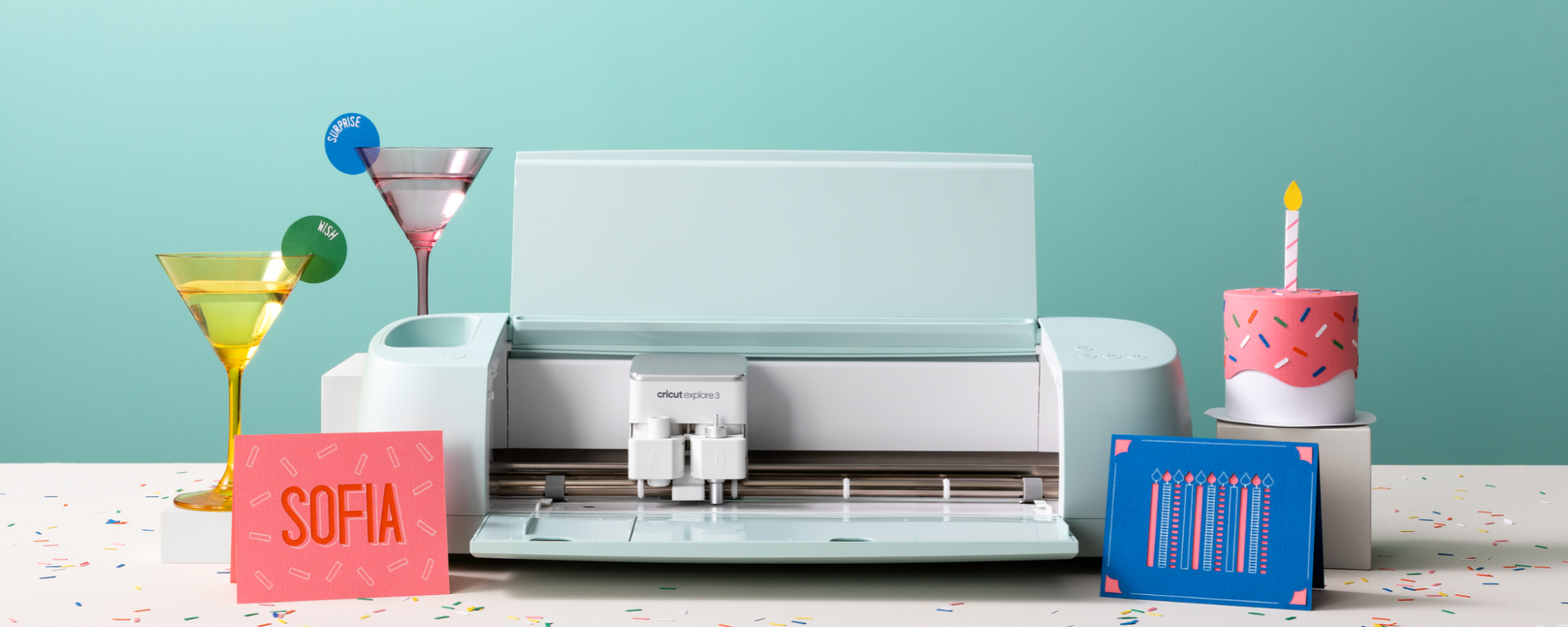
Cricut Laser Cutter? Is it Possible?
The short answer is: yes, with some modifications, it is possible to add a laser module to a Cricut maker or explore machine.
Cricut machines are primarily designed and intended for cutting various materials like paper, vinyl, and fabric using a small rotary blade.
Some crafty individuals have found creative ways to retrofit these machines with alternative cutting sources like lasers.
Can a Cricut Machine be Fitted with a Laser Cutting Source?
The Cricut has an open framework that allows for customization and adjustments to be made.
As long as basic safety precautions are followed to avoid potential hazards from the laser, a user can experiment with integrating a laser diode or module into the machine's design.
Several online tutorials and videos demonstrate how to carefully disassemble the machine.
Add appropriate mounts and enclosures for the laser source, and wire it to function using the Cricut's digital interface and stepper motors for precise vector cutting.
Of course, Cricut does not officially support or recommend modifying their machines this way.
Any laser integration would be at the user's own risk.
But for those seeking an affordable desktop laser cutting option or wanting to explore the capabilities of their Cricut.
Attaching a low-powered laser is within the realm of possibility with some technical skills.
So in summary - while not a straightforward plug-and-play solution.
Repurposing a Cricut as a laser engraver or cutter can be done.
The Limitations of Setting Up a Cricut Machine with a Laser Source
Retrofitting a Cricut with a laser offers expanded capabilities.
There are some clear limitations to consider compared to using the machine strictly as intended or investing in a purpose-built desktop laser cutter/engraver instead:
Safety: Adding any laser significantly increases safety risks, which the basic Cricut design does not adequately address. Extra shielding and precautions are mandatory.
Power limitations: Except for high-powered fiber options, most laser sources that can reasonably integrate have low output limiting the range of materials that can be processed.
Accuracy/precision: The Cricut's mechanism is optimized for dragging a rotary blade - a laser may not achieve the same level of precision cutting or engraving tiny intricate designs.
Heat management: Lasers can generate substantial heat, which a Cricut is not engineered to dissipate properly, risking damage or fires.
Durability/longevity: Frequent laser use may cause excessive wear and tear on Cricut parts not rated for such operations over time.
Support/updates: A modified machine falls outside official support and may not be compatible with future Cricut software/firmware updates.
So while a laser-modified Cricut opens up new artistic possibilities, it has clear constraints versus a dedicated laser system.
For most users, it is likely not the best primary laser cutting solution long-term.
But as an experimental setup, the conversion allows exploring laser applications.
Can't decide Between a Cricut & Laser Cutter?
Why not Ask Us for Tailored Answers!
The Unique Difference Between CO2 Laser Cutter Applications & Cricut Machine Application
The users of CO2 laser cutters and Cricut machines may have some overlap in their interests and creative pursuits.
But there are unique differences that distinguish these two groups based on the tools they use and the types of projects they engage in:
CO2 Laser Cutter Users:
1. Industrial and Commercial Applications: CO2 laser cutter users often include individuals or businesses involved in industrial or commercial applications, such as manufacturing, prototyping, signage production, and large-scale production of custom products.
2. Materials Variety: CO2 laser cutters are capable of cutting a wide range of materials, including wood, acrylic, leather, fabric, glass, and more. Users in industries like architecture, engineering, and product design may use CO2 laser cutters to work with diverse materials.
3. Precision and Detail: CO2 laser cutters offer high precision and intricate detailing, making them suitable for projects that require fine and accurate cuts, such as architectural models, intricate engravings, and delicate jewelry pieces.
4. Professional and Complex Projects: Users of CO2 laser cutters often work on professional or complex projects, such as architectural models, mechanical parts, customized packaging, and large-scale event decorations.
5. Prototyping and Iterative Design: CO2 laser cutter users often engage in prototyping and iterative design processes. Industries like product design, architecture, and engineering use CO2 laser cutters to quickly create prototypes and test out design concepts before moving to full-scale production.
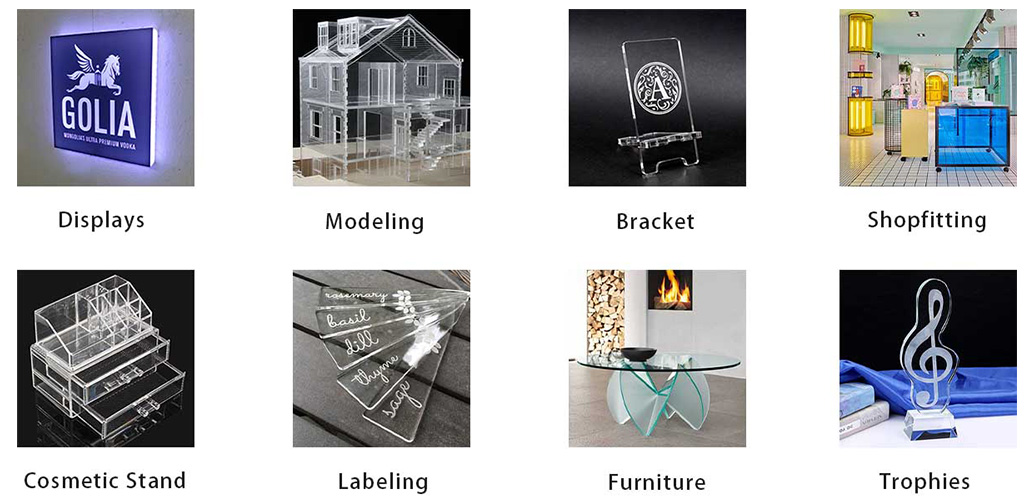

Cricut Machine Users:

1. Home-Based and Craft Enthusiasts: Cricut machine users primarily include individuals who enjoy crafting as a hobby or creative outlet from the comfort of their homes. They engage in various DIY projects and smaller-scale creative endeavors.
2. Crafting Materials: Cricut machines are designed to work with materials commonly used in crafting, such as paper, cardstock, vinyl, iron-on, fabric, and adhesive-backed sheets. This makes them ideal for creating personalized crafts and decorations.
3. Ease of Use: Cricut machines are user-friendly and often come with user-friendly software and apps. This accessibility makes them suitable for individuals who may not have extensive technical or design skills.
4. Customization and Personalization: Users of Cricut machines focus on adding a personal touch to their creations. They often make personalized gifts, cards, home decor, and custom clothing with unique designs and text.
5. Small-Scale Projects: Cricut machine users typically engage in smaller-scale projects, such as creating custom T-shirts, decals, invitations, party decorations, and personalized gifts.
6. Educational and Family Activities: Cricut machines can be used for educational purposes, allowing kids, students, and families to explore their creativity and learn new skills through crafting projects.
While both CO2 laser cutter users and Cricut machine users embrace creativity and hands-on projects, the main differences lie in the scale, scope, and applications of their projects.
CO2 laser cutter users tend to focus on professional and industrial applications, while Cricut machine users lean towards home-based crafting and smaller-scale personalization projects.
Still Having Questions About Cricut & Laser Cutter?
We are on Standby and Ready to Help!
If you need Professional and Affordable Laser Machines to get Started:
About Mimowork
MimoWork is a high-tech enterprise specializing in the development of high-precision laser technology applications. Established in 2003, the company has consistently positioned itself as the preferred choice for customers in the global laser manufacturing field. With a development strategy focused on meeting market demands, MimoWork is dedicated to the research, production, sales, and service of high-precision laser equipment. They continuously innovate in the fields of laser cutting, welding, and marking, among other laser applications.
MimoWork has successfully developed a range of leading products, including high-precision laser cutting machines, laser marking machines, and laser welding machines. These high-precision laser processing equipment are widely utilized in various industries such as stainless steel jewelry, crafts, pure gold and silver jewelry, electronics, electrical appliances, instruments, hardware, automotive parts, mold manufacturing, cleaning, and plastics. As a modern and advanced high-tech enterprise, MimoWork possesses extensive experience in intelligent manufacturing assembly and advanced research and development capabilities.
Post time: Sep-01-2023


